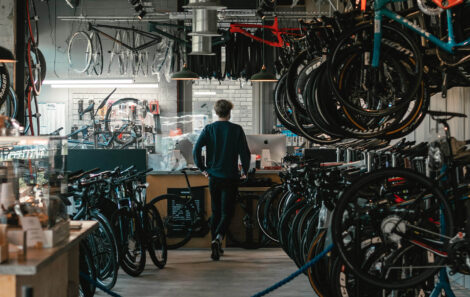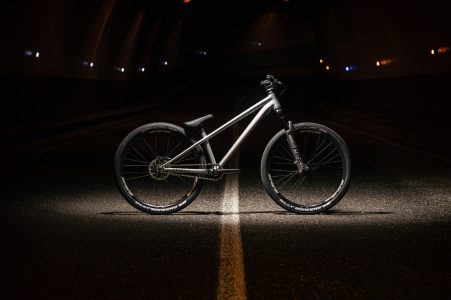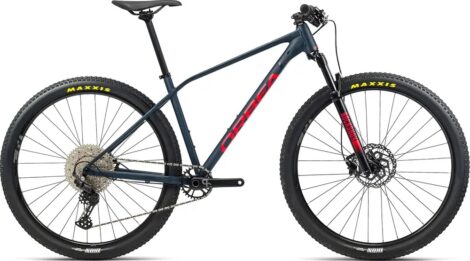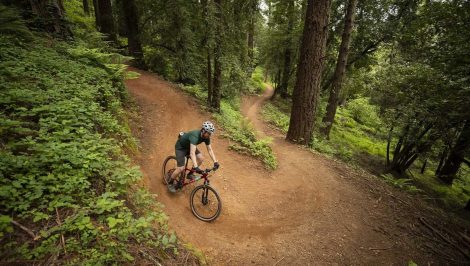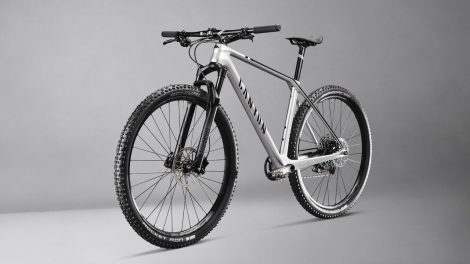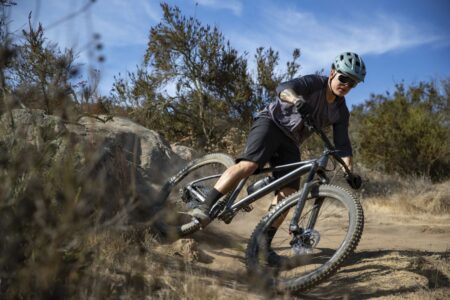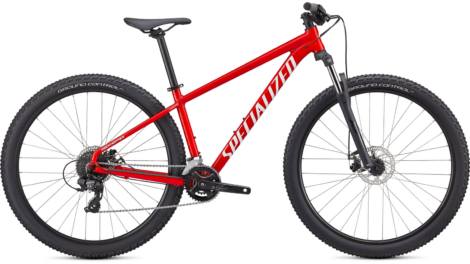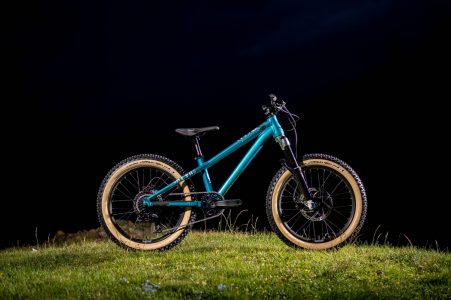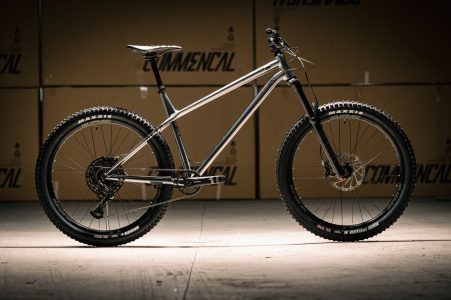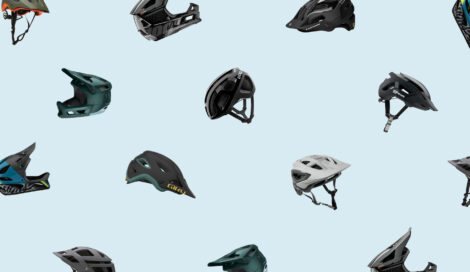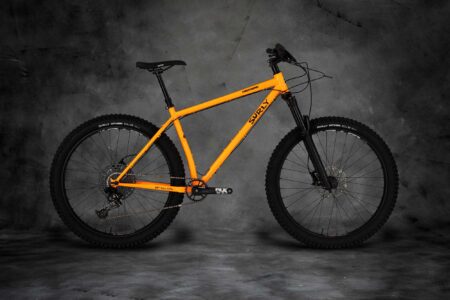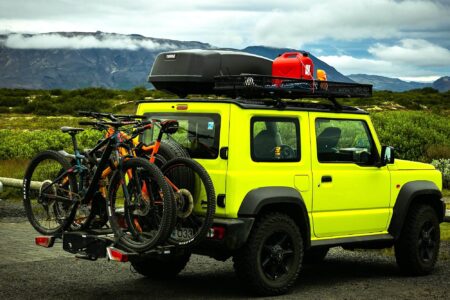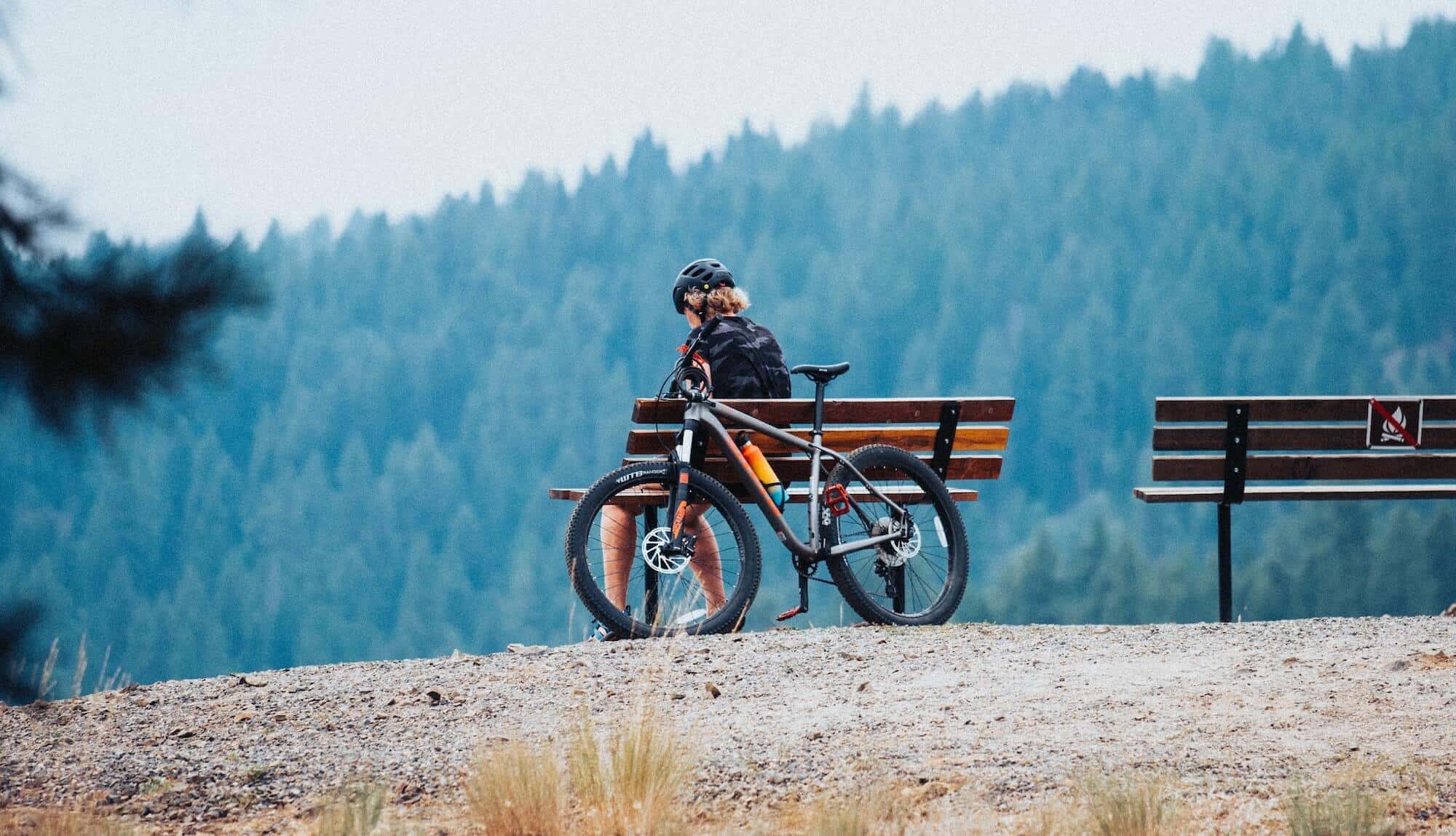
Photo by Austin Gasper
Buying a bike can sometimes be a very stressful process. Not only are there seemingly limitless options, but the price points are also high enough that there is pressure to buy the “right” bike. Below, I’ve laid out some recommendations when searching for the best mountain bikes for teenagers.
The demands of the teenage group magnify many pressures and cause an assortment of questions. For example, how do you find the right bike given that body size/type changes so fast? What is the best bike for a beginner riding style? How much money is worth it to get into mountain biking at an early age? All of these are difficult questions with highly varied answers. Still, the key is to find the sweet spot between price and quality that will allow your teenager to grow on the bike without costing you a fortune.
When I first started coaching mountain biking, I was handed a fleet of Trek X-Caliber 9‘s to loan out to my rag-tag group of new and somewhat overconfident riders. Everyone on the team knew how to ride a bike, but they were completely clueless about riding fast on trails with varied terrain. I was initially concerned that the bikes would take too much beating. I wished I had some entry-level full suspension bike to help cushion them on the trail and forgive their mistakes. It turns out that this sort of entry-level hardtail was the best thing for them.
Teens can sometimes be flippant about their hobbies, and that’s ok. It’s an age group trying to find their passions and abilities with adults who can help guide them with patience and skill advice. With mountain biking, it’s essential that teenagers both feel safe on their bikes but also know their machines can take them through the more challenging features seen on the trail. Of course, a perfect balance is impossible, but here are some things I recommend when looking for the best mountain bikes for teenagers.
Buy the Bike New at a Bike Shop
You may be thinking that the risk is high in buying a new mountain bike for someone that may give up the sport in a couple of months. But the truth is that buying your first bike is a critical moment for your teen, signifying a significant purchase in the early stages of adulthood. The trip to the local bike shop, fitting, and outfitting of gear helps to set in motion the ritual of mountain bike preparation and also serves as an introduction to the culture of the sport. Bike shop workers are usually pumped to see new riders and freely offer advice and trail invitations to new riders.
Buying a new bike also allows teenagers to start with a clean slate. Probably, most teens don’t know that much about bike maintenance. If you buy a used bike that may have some issues right out of the gate, your teenager may become discouraged by having to constantly figure out why their rig isn’t working correctly.
A new bike’s parts will degrade more slowly (unless the rider goes off jumps and through crazy or wet terrain all the time). Teenagers will learn maintenance on a more staggered timeline. This gap in time will allow them to slowly build their skills in both riding and the ability to provide maintenance. Finally, new mountain bikes aren’t as expensive as many believe, especially for entry-level riders.
Cross Country Hardtails are the Best for New Riders
The most important thing for new and young riders to learn is to handle their bike. Sure, it’s tempting to want to get the bike that allows you to ride off huge jumps and pile drive through rock gardens, but that’s not the best recipe for learning in the long run. An XC hardtail allows young riders to learn how to ride their bike within their limits. The geometry of the XC bike will help teenagers learn balance and positioning on the bike while also allowing them to gain fitness on climbs. I would also avoid large gearing in the rear cassette (I’m talking about the 50-tooth big ring!) of the bike for new and young riders. Learning to move quickly up a climb through technical terrain is also a great skill to build earlier rather than later.
Another benefit of hardtails is that there is simply less that can break, and the price point is much lower. In addition, if your teen is more aggressive, you can get a higher travel front suspension, allowing for faster descending. A set dropper post is also a great piece of gear (and many new bikes have this standard now). Still, a rigid post is also not a bad idea for a new rider learning how to move about their bike on the trail.
Components, not Frame or Brand, are King
When looking to buy a durable but smooth bike for your teenager, don’t worry about buying name or especially boutique brand frames. There’s no need to go titanium or carbon on your teen’s mountain bike. Instead, aluminum and steel will hold up well, offering a more supple feel with added durability.
The two component groups most essential to pay attention to are drivetrain and suspension. The drivetrain is especially important since younger riders tend to be less smooth. They wear out their cassettes, bottom brackets, chainrings, etc., much faster than riders who know how to ride smoothly and clean their bikes thoroughly and often. Suspension via the front fork is also important to pay attention to. A lockout fork is a great option to look for since it allows for faster ascents and a better experience riding gravel between trail sections.
Tip
There are many options for both forks and drivetrain groups, so do your research and buy higher quality stuff even if the frame or company isn’t necessarily the flashiest.
Buying a bike for your teenager is a fantastic experience that should be treated with respect and excitement. After all, your first great bike can be a passage into a lifetime of riding and engagement in the sport. So take your time, talk to your local bike shop gurus, and look at the XC Hardtails listed on Mountainly. Your teen will be graduating soon into the next bike with all the skills and fitness necessary to level up.
Matthew Chisholm
Matt Chisholm is a data analyst and freelance writer who studies the environmental history of the Southern Smoky Mountain region of North Carolina. He was a contributor to Lost in Transition: Removing, Resettling, and Renewing Appalachia and the 2016 edition of the Journal of East Tennessee History, for which he won the 2017 McClung Award. When not writing, Matt enjoys road and mountain biking, hiking, trail running, and drinking beer around Concord, NC where he lives with his wife, daughter, and twin boys.
Get the email for busy mountain bikers.
Discover the best products + gear, and learn about deals from brands you love.
